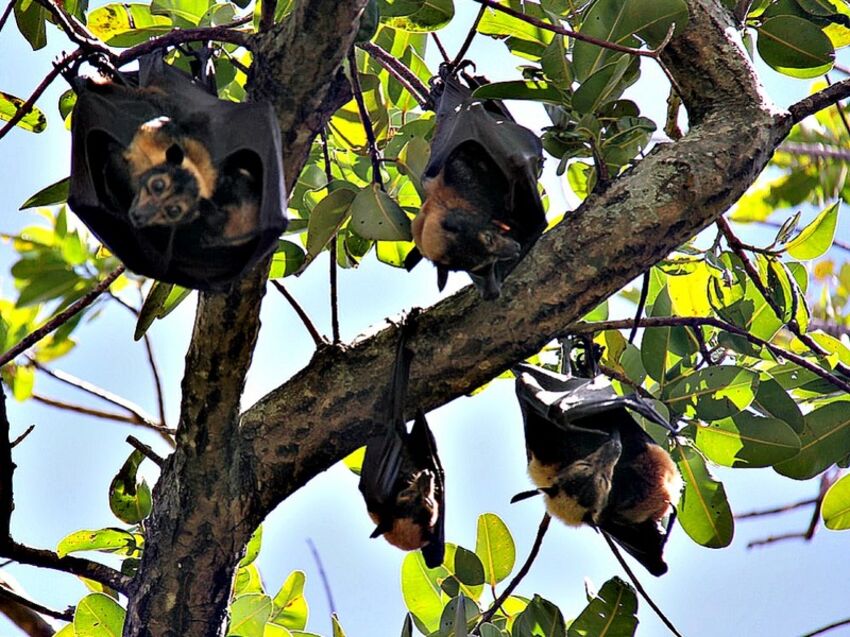Bat bites prompt health warning
Keep it simple. Leave the bats alone.

A spike in bat bites in tropical north Queensland has prompted medical experts to warn residents to stay away from the animals.
17 people in the Cairns and Hinterland region have been treated in the last month after receiving bat bites or scratches.
Cairns Director of Tropical Public Health Services Dr Richard Gair says all bat scratches and bites require treatment and vaccination to guard against the deadly Australian bat lyssavirus (ABLV) infection.
“Anyone trying to rescue or pick up a sick or injured bat is likely to be bitten or scratched. The message is, ‘don’t touch bats’,” Dr Gair says.
“Prompt treatment following a bite or scratch from a bat can prevent serious disease and death.
‘‘Parents should remind children not to handle bats under any circumstance. If they do come across a bat they should leave it alone and alert an adult immediately.”
Bats are particularly active in the October and November breeding season. Even healthy-looking bats may be infected with the virus.
Authorities urge anyone bitten or scratched by a bat or exposed to bat saliva through the eyes, nose or mouth to follow these five steps:
- Do not scrub the wound - wash the wound gently but thoroughly for about five minutes with soap and water.
- If available, apply an antiseptic with anti-virus action such as povidone-iodine, iodine tincture, aqueous iodine solution or alcohol (ethanol).
- If bat saliva has got in the eyes, nose or mouth, flush the area thoroughly with water.
- Contact a doctor or the nearest hospital immediately.
- Contact the RSPCA hotline on 1300 ANIMAL (1300 264 625) or a wildlife carer to collect the bat for testing, if it is available.
More than 100 reported cases of potential exposure to ABLV are reported in Queensland each year.
Three people have died from ABLV infection since 1996.
Australian bat lyssavirus is not related to Hendra virus. Hendra is not known to have ever been transmitted from a bat to a human.
Vaccinated wildlife rescuers and carers are trained to handle and care for bats. People should contact a rescuer or carer rather than trying to help a bat themselves.


